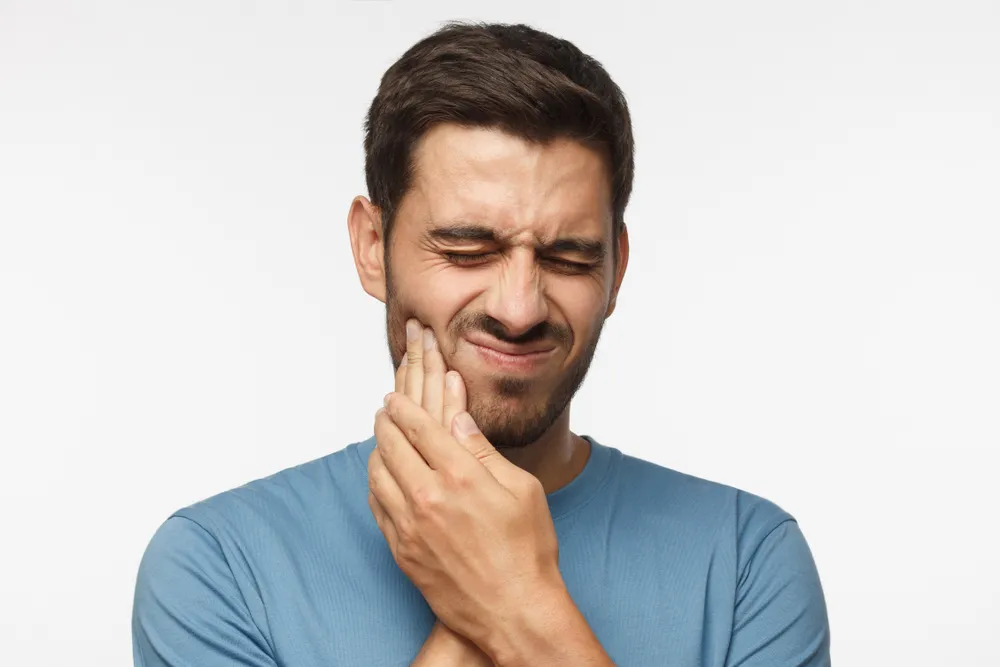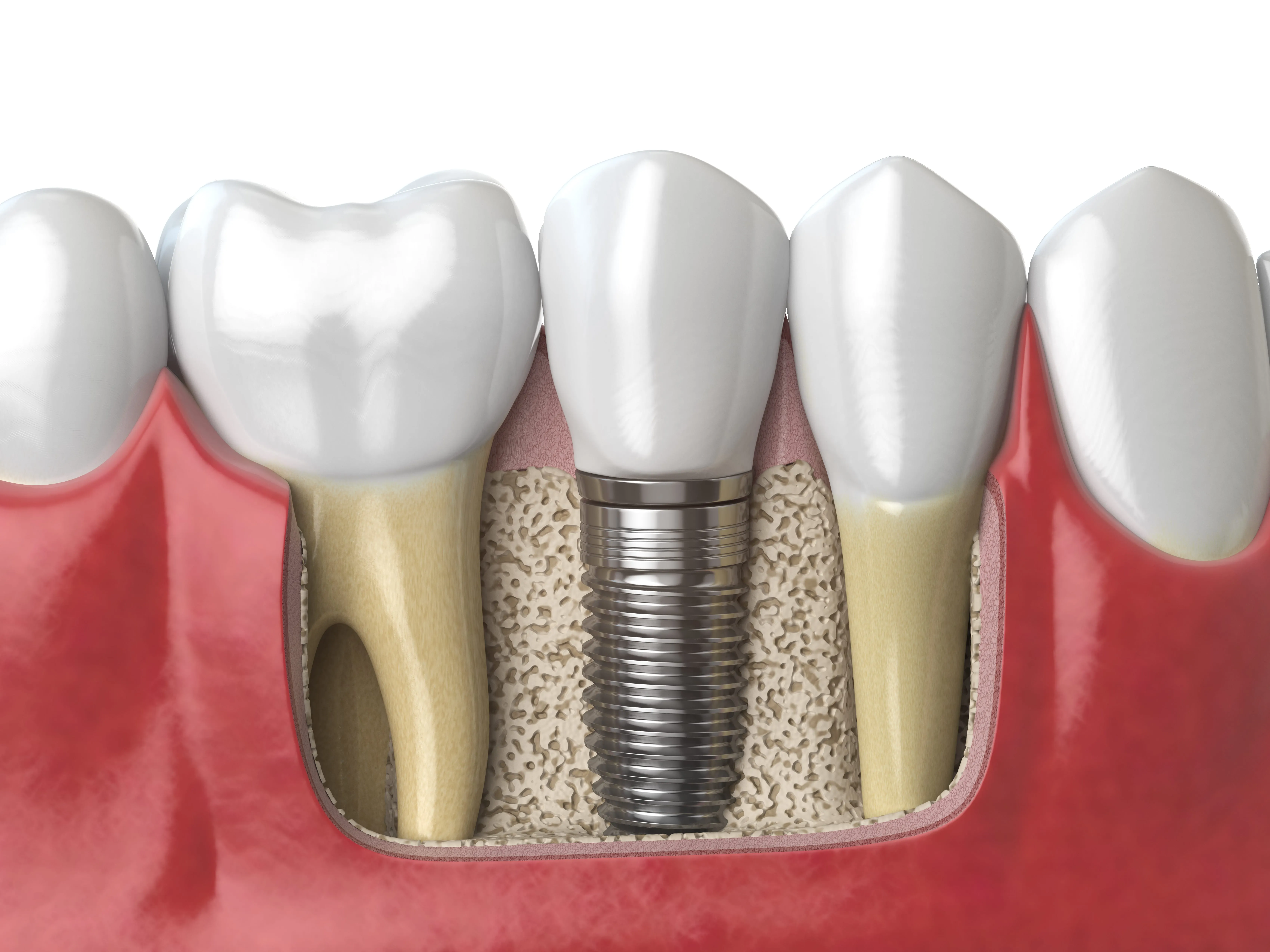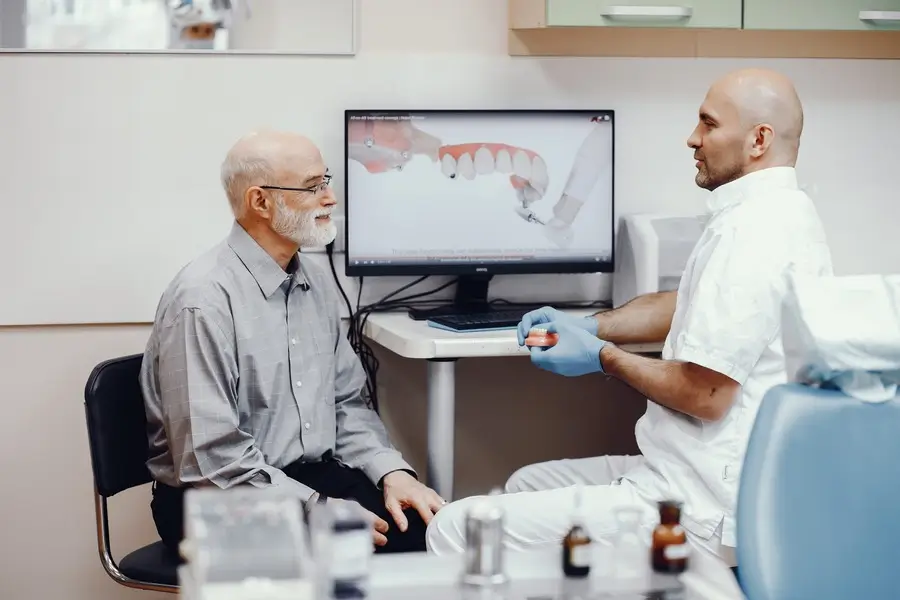Tooth pain can range from a mild annoyance to an unbearable throbbing that makes it impossible to eat, sleep, or concentrate. While it’s tempting to ignore a little sensitivity or discomfort, different types of tooth pain often signal very different dental problems. Understanding what your pain means is the first step toward getting proper treatment and preventing more serious issues down the line.
Tooth pain doesn’t happen without reason. It’s your body’s way of saying that something isn’t right whether it’s decay, infection, or even issues with your gums or jaw. Identifying the type and source of your toothache early can help you get relief faster and protect your smile from long-term damage.
A sharp, stabbing pain that appears suddenly especially when biting down or chewing is one of the most noticeable types of dental discomfort. This type of pain often feels localized to one area and can stop just as quickly as it starts.
A quick, intense jolt when biting into food.
May occur when chewing hard or crunchy items.
Can also happen when releasing pressure after biting.
Even a tiny crack can expose the sensitive inner layers of your tooth (the dentin or pulp), causing sharp pain when pressure is applied.
If an old filling becomes loose or cracked, it can expose the tooth’s inner structure, leading to discomfort.
A cavity that reaches deeper layers of the tooth can cause sudden pain, especially when eating.

Unlike sharp pain, a dull, lingering ache can be more subtle but just as serious. It might come and go, or it may be constant throughout the day.
How It Feels
Ongoing mild-to-moderate discomfort or pressure.
Feels deep within the tooth, jaw, or surrounding area.
May worsen with chewing or at night.
Possible Causes
Deep cavity or decay
If bacteria penetrate the enamel and dentin, the pulp can become irritated or infected.
Gum disease
Inflammation of the gums and supporting bone can cause dull, aching discomfort around multiple teeth.
Impacted tooth
A tooth that cannot emerge properly (often wisdom teeth) can cause pressure and pain in the jaw.
Tooth infection or abscess
Bacteria inside the pulp can lead to constant, throbbing pain.
What to Do
A dull ache often means there’s an underlying infection or inflammation that won’t go away on its own. Over-the-counter painkillers may help temporarily, but you’ll need a dentist to identify and treat the root cause. Delaying care could result in more pain and potential tooth loss.
Sensitivity to Hot or Cold
If sipping a hot drink or eating ice cream makes you wince, you’re not alone. Tooth sensitivity is a common issue and while it’s often minor, it can sometimes signal a more serious dental problem.
How It Feels
A short, sharp jolt or “zing” when exposed to temperature changes.
Pain disappears as soon as the hot or cold stimulus is gone.
Possible Causes
Exposed dentin
The protective enamel may have worn down, exposing sensitive dentin beneath.
Receding gums
Gum recession exposes the tooth roots, which are not protected by enamel.
Worn enamel from brushing too hard or grinding teeth.
Recent dental whitening
Teeth Whitening treatments can temporarily increase sensitivity.
Tooth decay or cracks
Damage to enamel allows stimuli to reach the nerve endings.
What to Do
Switch to a toothpaste designed for sensitive teeth and use a soft-bristled brush. Avoid overly acidic foods and drinks, which can further erode enamel. If sensitivity persists beyond a week or two, schedule a dental exam to rule out decay, gum disease, or enamel loss. Your dentist may apply fluoride varnish or recommend other treatments to strengthen your enamel and reduce discomfort.
Throbbing Pain
A throbbing or pulsing sensation that seems to match your heartbeat is a classic sign of a serious dental issue. This type of pain often worsens when lying down or at night.
How It Feels
Rhythmic, pounding pain that can radiate to the jaw or ear.
Swelling or warmth in the affected area.
Sometimes accompanied by fever or a bad taste in the mouth.
Possible Causes
Tooth abscess
A severe infection at the root of a tooth or in the surrounding gum tissue.
Inflamed pulp (pulpitis)
Infection or inflammation within the tooth’s nerve chamber.
Untreated decay or trauma
When bacteria reach deep into the tooth, the resulting infection causes pressure and pain.
What to Do
Throbbing pain is a dental emergency. Call your dentist right away or visit an emergency clinic if swelling or fever is present.
Treatment may involve antibiotics to control the infection, followed by a root canal to remove the infected tissue. Delaying treatment could allow the infection to spread, potentially leading to more severe complications.
Pain When Chewing or Biting

If you feel discomfort or pain only when biting down, it’s a sign that something is affecting the tooth’s structure or how it aligns with your bite.
How It Feels
Pain when applying pressure while chewing.
Sharp twinges that stop when you stop biting.
May worsen when eating tough or crunchy foods.
Possible Causes
Cracked tooth
Even a hairline fracture can cause pain with pressure.
Loose or broken filling or crown
Old restorations can shift or become uneven.
Gum infection
Swollen gums may make biting painful.
Pain After Dental Treatment
Some sensitivity or mild soreness after dental work is completely normal. However, persistent or severe pain could mean something needs to be re-evaluated.
How It Feels
Mild discomfort or tenderness after a filling, cleaning, crown, or root canal.
Pain that lingers more than a few days or increases in intensity.
Normal vs. Concerning
Normal: Mild sensitivity to pressure or temperature for 2–3 days.
Concerning: Sharp or throbbing pain that lasts more than a week, worsens, or prevents you from eating comfortably.
Possible Causes
High bite
If a new filling or crown sits too high, it can cause pressure pain.
Inflamed pulp
Dental work can sometimes irritate the nerve tissue.
Infection
Rarely, bacteria may enter the tooth after treatment.
What to Do
If the discomfort doesn’t improve within a few days, contact dentist. They can make small bite adjustments or prescribe medication to relieve inflammation. Never ignore ongoing pain after dental treatment it’s often easy to fix but best addressed quickly.
Misaligned bite
Uneven pressure on certain teeth can lead to discomfort.
What to Do
Avoid chewing on the affected tooth until your dentist examines it. They may perform bite tests or X-rays to locate cracks or structural damage. Treatments could include a new filling, crown, or bite adjustment. Early intervention helps prevent more extensive damage.
Radiating or Jaw Pain
When tooth pain spreads beyond one area into the jaw, ear, or even the head it often signals a deeper or referred pain issue.
How It Feels
Dull ache radiating to surrounding areas.
Pain in the jaw joint (TMJ), ear, or neck.
May be accompanied by headaches or difficulty opening the mouth.
Possible Causes
Infected tooth root
Deep infections can cause nerve pain that radiates outward.
TMJ disorder
Problems with the jaw joint can mimic toothache.
Teeth grinding (bruxism)
Continuous clenching puts stress on jaw muscles and teeth.
Sinus infection: Upper tooth pain can occur when sinuses are inflamed.
What to Do
Since radiating pain can come from several sources, it’s best to see a dentist or doctor promptly. They can determine whether the problem is dental or sinus-related. If swelling, fever, or spreading pain occurs, seek immediate medical care these may be signs of an active infection.
When to See a Dentist
Tooth pain rarely disappears on its own. Ignoring symptoms may lead to infections, abscesses, or even tooth loss.
Seek professional dental care as soon as possible if you notice any of the following warning signs:
Persistent or worsening pain.
Swelling in the gums, face, or jaw.
Fever, fatigue, or a bad taste in the mouth.
Visible pus or bleeding.
Tooth pain following trauma or injury.
Even mild or intermittent discomfort can be an early sign of a problem. Getting it checked early often means simpler, less costly treatment and a quicker recovery.
Prevention Tips
While not all tooth pain can be avoided, most dental problems are preventable with good oral care and regular dental check-ups. Here’s how to protect your smile:
Brush twice daily with fluoride toothpaste to remove plaque and bacteria.
Floss once a day to clean between teeth and prevent gum inflammation.
Visit your dentist every six months for professional cleaning and examination.
Avoid chewing hard foods like ice or popcorn kernels that can crack teeth.
Limit sugary snacks and drinks, which contribute to decay.
Wear a mouthguard if you grind your teeth at night or play sports.
Stay hydrated to maintain saliva flow, which protects against bacteria.
Consistent oral care not only prevents tooth pain but also ensures your teeth stay strong, healthy, and bright for years to come.
Conclusion
Tooth pain is more than just an inconvenience it’s your body’s warning system telling you that something isn’t right. Whether it’s a sharp jolt from biting into food, a dull ache that lingers, or a throbbing pain that keeps you awake at night, every type of toothache points to an underlying cause that deserves attention.
Ignoring tooth pain may offer temporary relief, but it rarely solves the problem. Small issues like enamel wear, cavities, or gum irritation can quickly progress into infections, abscesses, or even tooth loss if left untreated. The earlier you seek help, the easier and more comfortable your treatment will be.
Modern dentistry offers fast, effective solutions to nearly every type of dental pain from simple fillings and desensitizing treatments to root canal therapy and gum care. With advanced technology, digital imaging, and gentle techniques, your dentist can accurately diagnose the issue and provide targeted relief, often in just one or two visits.
















